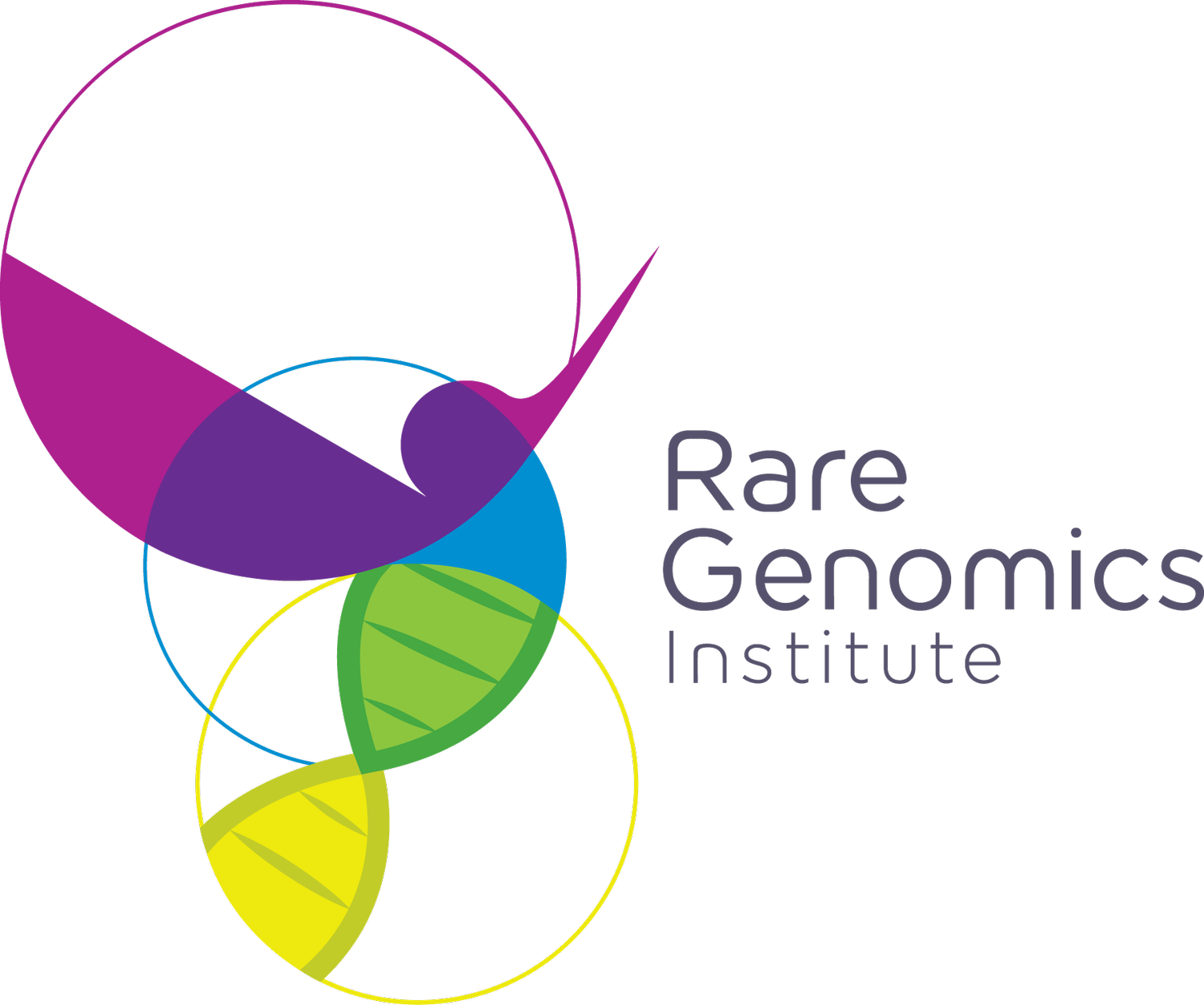Galactosialidosis
What is Galactosialidosis?
Galactosialidosis is a rare condition that affects many regions of the body due to complications with lysosomal storage. Lysosomes are a special compartment within the cells essential for breaking down and digesting various fats, sugars and proteins; they serve as the primary digestive structure for cells. In galactosialidosis, toxic materials accumulate within the cells because of an enzyme deficiency that prevents the lysosomes from performing their functions. Galactosialidosis is broken down into three forms based on the age at which symptoms develop: an early infantile form, a late infantile form and a juvenile/adult form. The earlier it appears the higher the severity and the more rapidly it progresses. Galactosialidosis is one of a large group of genetic disorders known as lysosomal storage diseases.
What is its prevalence?
Galactosialidosis is extremely rare and the incidence and prevalence of the disorder is unknown. More than 100 cases have been reported in the medical literature. About 60% of the reported cases have been the juvenile/adult form. Most individuals with galactosialidosis have been found to be of Japanese descent.
How is Galactosialidosis diagnosed?
A diagnosis for galactosialidosis is suspected when the characteristic features of the disorder, including the cherry-red spots in the eyes and distinctive facial features, are present. Tests called enzyme assays can be used to measure the activity of the enzymes reduced in galactosialidosis: neuraminidase 1 and beta-galactosidase. Screening the urine may reveal increased levels of certain sugars called oligosaccharides.
A diagnosis can be confirmed through molecular genetic analysis by the identification of a mutation in the CTSA gene.
Is there any specific gene/pathway in Galactosialidosis that has been identified?
The cause of galactosialidosis is a mutation in the CTSA gene. This gene provides the instructions to produce an enzyme known as cathepsin A, which works with two other enzymes known as neuraminidase 1 and beta-galactosidase to break down certain sugars, proteins and fats within lysosomes. Cathepsin A forms a protein complex with these other two enzymes and protects them from breaking down too soon. A mutation in the CTSA gene results in ineffective or insufficient levels of cathepsin A, and, consequently, the other two enzymes cannot function properly or break down too soon.
Galactosialidosis is an autosomal recessive disorder, meaning that both parents must have a mutation in at least one of two genes associated with the disorder. Galactosialidosis can only be present if an individual has two copies of the mutation in the specific gene, one passed on from each parent.
How is Galactosialidosis treated?
Ancylostomiasis can be effectively treated by various oral drugs, including Mebendazole, Albendazole and Pyrantel Pamoate. It may be necessary to treat symptoms of the worm infection such as iron deficiency anemia through dietary means or iron supplements. In severe cases of anemia, a blood transfusion may be required.
Are there any clinical trials underway for Galactosialidosis?
How can RareShare be helpful to Galactosialidosis patients and families?
As a free online disease-specific forum, RareShare can be a focal point where patients, families, researchers and healthcare providers can exchange information on Galactosialidosis.
RareShare, MGCI Cancer Society and RGI Chapter
